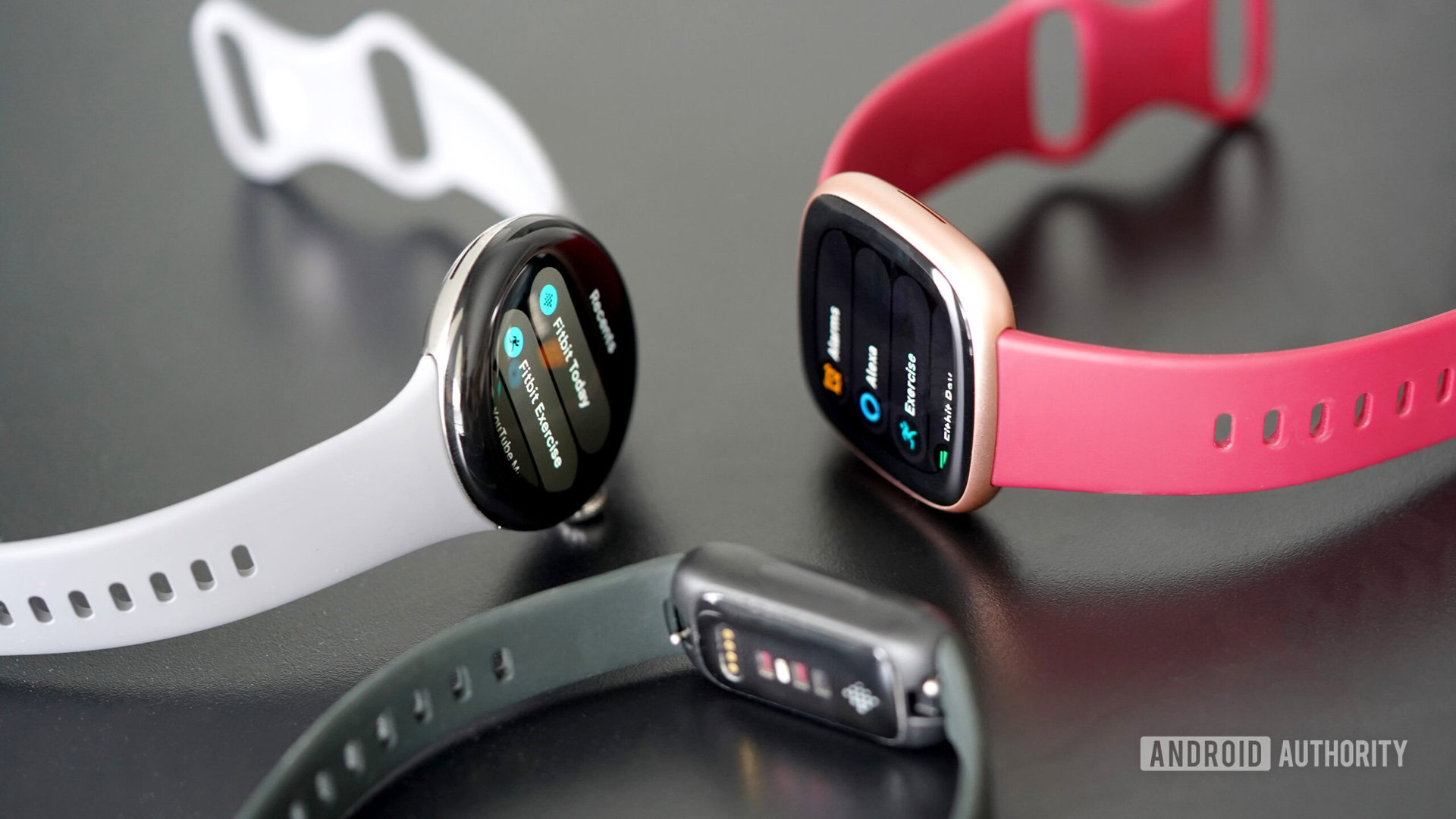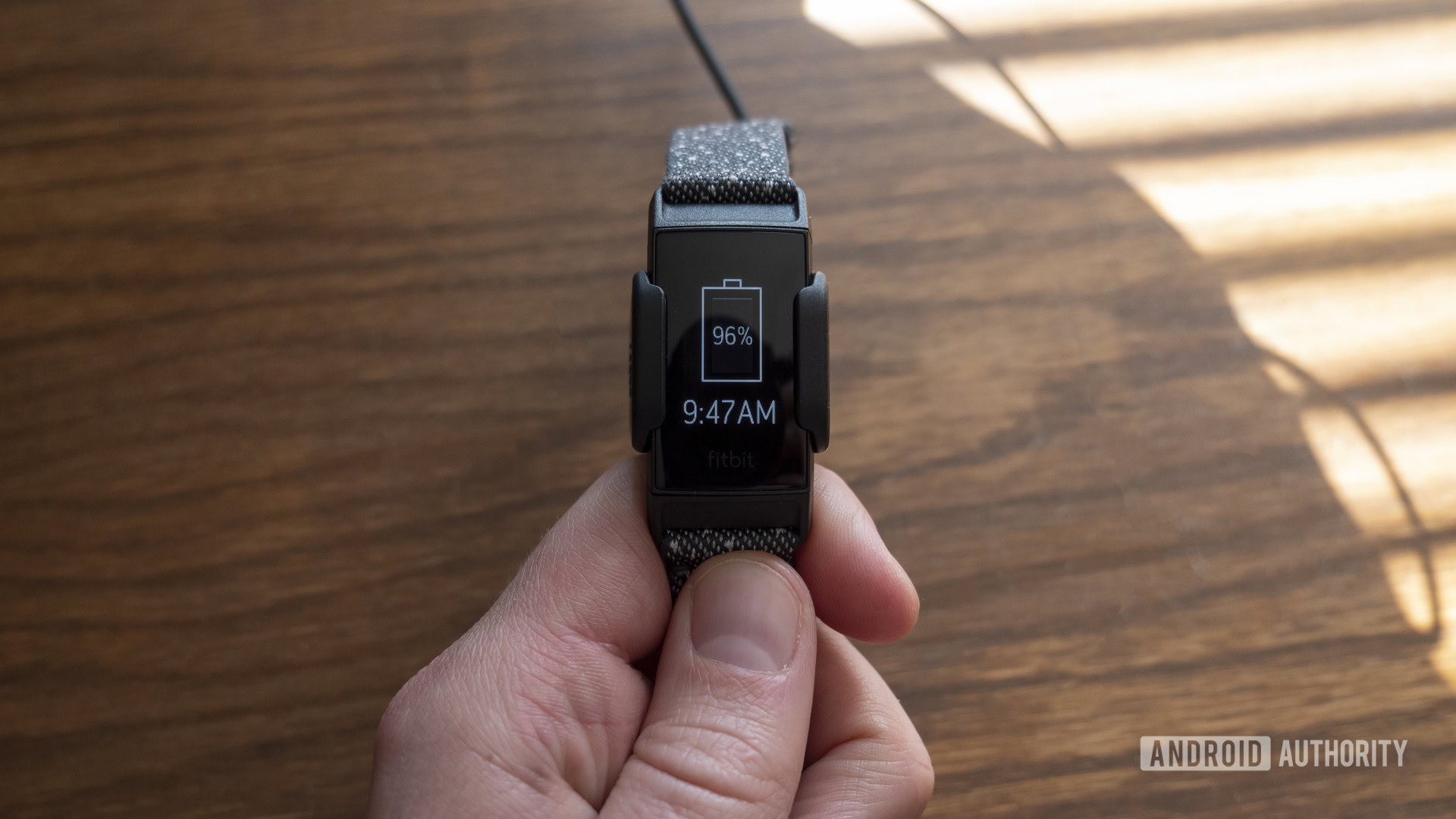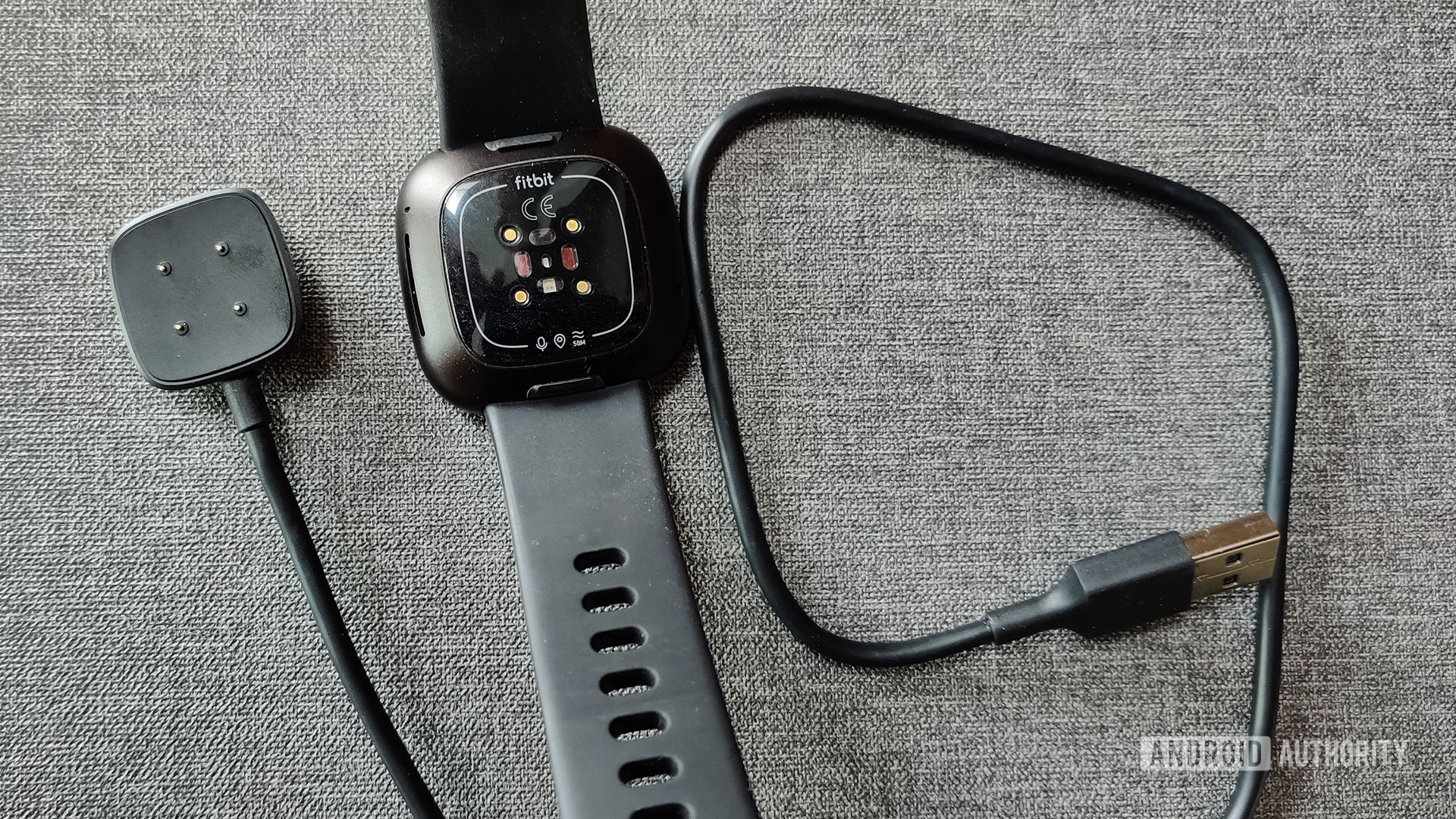Affiliate links on Android Authority may earn us a commission. Learn more.
Fitbit not charging? Here's 6 easy fixes you can try
Google’s Fitbit trackers and watches are, as a rule, pretty reliable, but they’re not immune to power problems. The risk is even a little higher than it is with most electronics, since as wearables you’re inevitably going to expose them to sweat, rain, and dust. If your Fitbit isn’t charging, there are a variety of tactics you can try before contacting support or buying a replacement.
How to fix your Fitbit not charging

You may need to use one or several troubleshooting options from the list below, depending on your luck and what you suspect is causing your problems — that’s something we’ll touch on with each solution. Whenever possible, you should also reserve the most drastic and/or time-consuming steps for last, just to avoid unnecessary hassle or costs.
1. Dry off your Fitbit
While most Fitbit wearables are built to survive not just sweat but temporary water submersion to depths of 50 meters (164 feet), you should always dry them off completely before charging. In fact you’re lucky if they simply don’t charge properly — you could be risking a shock. Try to use a lint-free cloth if you have one.
2. Clean the charging port and cable
If there’s any dust or debris on your charging cable, or the port it connects to on your Fitbit, that can prevent enough (or possibly any) electricity from getting through. Google suggests you (gently!) scrub charging contacts using a toothbrush moistened with fresh water, and clean the pins on your charging cable with a cotton swab dipped in rubbing alcohol.
When you’re done, dry everything off and make sure you haven’t accidentally added any debris, such as cotton threads. You should probably wait 10-15 minutes or more after that before plugging things in, since that will give any spots you might’ve missed the time to air-dry.
3. Check for signs of physical damage
If a charging contact is scratched, or a pin is bent, power simply won’t flow properly. You may be able to fix pin issues by using a tweezer or swapping in another charging cable (if you have one compatible with your Fitbit). There’s not much you can do about scratched contacts, though, short of looking into repairs or a replacement.
If a cable is browning or severely frayed, stop using it immediately, because it poses a fire hazard. Likewise, don’t plug anything in if you can see scorch marks on it.
4. Leave your Fitbit plugged in for an extended period of time

When a Fitbit’s battery is depleted to zero, it can take 30 minutes of charging (or more) before there’s enough power to turn the device back on. You may just have to be patient, especially if your cable is connected to a computer’s USB port or a low-wattage wall adapter.
As a side note, if your Fitbit does turn back on, you may want leave it plugged in until it’s up to 100%. It’s possible that some sort of software issue is causing rapid power drain, in which case you’ll need enough battery life to attempt various fixes, such as a reset.
5. Make sure your power source is adequate (and secure)
Speaking of slow charging, it’s possible that the power source you’re connected to is supplying insufficient power or none at all. If you’re charging at a computer, try switching to a wall adapter — if wall power isn’t doing the trick, try a different outlet, or swapping in an adapter matching or exceeding the wattage your Fitbit is rated for. If you’re plugged into a dock or powerbar, you may need to unplug other electronics to ensure your Fitbit gets enough juice.
This is a good a time to suggest that if you haven’t already, doublecheck that everything is securely connected. A loose adapter or cable can be enough to break power flow.
6. Swap in a new charging cable

Even if there isn’t any visible damage to a cable, there’s a chance that there’s some sort of internal damage or defect. If you have a spare charging cable compatible with your Fitbit model, try it. If not, you’ll have to shop online or at local consumer electronics chains.
Be sure to try all of the previous steps first, and verify that whatever you’re buying is compatible with your specific Fitbit. The brand uses proprietary connectors that are constantly evolving, so a cable that works with a Charge 4, say, won’t support the Charge 6.
It’s also best to use official Fitbit-branded cables, but you may be able to get away with third-party cables on Amazon, which are often sold for much less than what Google charges. Just be aware that you’re taking a risk on quality, albeit a reasonable one.